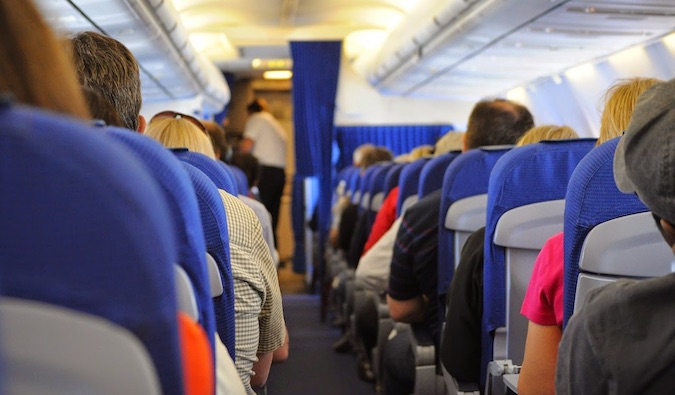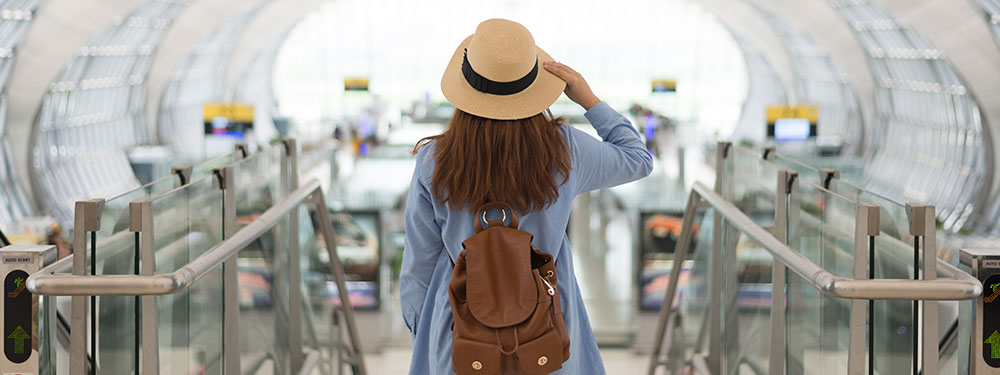
Today’s airline passengers reap the benefits from reservation technology and highly productive and easy-to-use mobile apps that in many cases engage with multiple websites seamlessly and transparently. All this is made possible because airlines have done a very good job over the past five years modernizing their customer interfaces.
While passengers certainly appreciate these great new tech tools, the quality of the latest app or cool biometric feature at the airport doesn’t matter much if a loyal client gets delayed overnight and misses an important meeting the next morning, or if a grandmother can’t make her grandson’s wedding on time.
Too often airlines forget there are real people traveling on these flights, and whether it’s for corporate or personal travel, it’s the flight experience as a whole that matters to an airline customer. Things can and will go wrong during a journey. But good airlines become great by how they deal with the “bumps” that occur as they strive to get passengers to their destinations with the least possible disruption.
This was less complicated in the past when airlines controlled all aspects of the passenger journey. But changes in the industry brought more vendors and more complex – often unconnected – IT systems. In this environment, ensuring a seamless end-to-end customer experience has become a more challenging endeavor. That said, there are three steps that airlines can take to improve the passenger experience:

- Build a rock-stable foundation. This means getting the basics right: clean aircraft, courteous flight attendants and efficient baggage handling. Nobody wants to hear that her suitcase was lost or to deal with an impatient flight attendant. The foundational elements are roughly 80 percent of the airline’s equation, so it’s important they work hard to get them right – and create systems, such as easy-to-use text notifications, to make the accommodation process run smoothly.
- When something does go wrong, personalize the recovery and communicate! A single mechanical failure or server outage can result in a cascading effect that can ground flights and strand passengers for days, as the airline struggles to get back on track. But when airlines deal with the operational aspects of the recovery, they must also remember that real people are impacted by the disruption – people who need information and an assurance that the airlines will meet their individual needs while their flight is grounded. Airlines need to communicate, but after the bad news has been delivered, they can also offer tangible compensation, such as refunds, expanded benefits in their loyalty or frequent flier programs, or complimentary hotel accommodations until flights resume. Another option: Give passengers greater personal control over their own recovery plan. Lufthansa, for example, has been developing self-service apps that let passengers respond personally to service disruptions in response to alerts from the airline.
- Deliver strategic add-on applications. Only when airlines get the basics right and develop a strategy for dealing with problems as they arise can they create an environment where the new technology applications start to matter. Passengers are already accustomed to logging on to airlines’ websites to compare prices, receiving their boarding passes on their mobile phones and using kiosks to print out boarding passes when they arrive at the airport. With biometrics and facial recognition, there’s much more to come. Airlines are just scratching the surface on how technology can improve the customer experience.
With many more options than they had in the past, customers will give their business to the airlines that put them first when things go wrong. Speaking from personal experience, I still won’t fly with a particular airline after their poor handling of a mechanical failure that kept me away from home on the night my dog passed away. I’d like to think that this experience is both isolated and preventable.
So, through a focus on the basics and a clear technology strategy, airlines can minimize the damage any one incident may cause to ensure a positive end-to-end customer experience and retain customer loyalty. Customers and business partners like me are depending on it.






